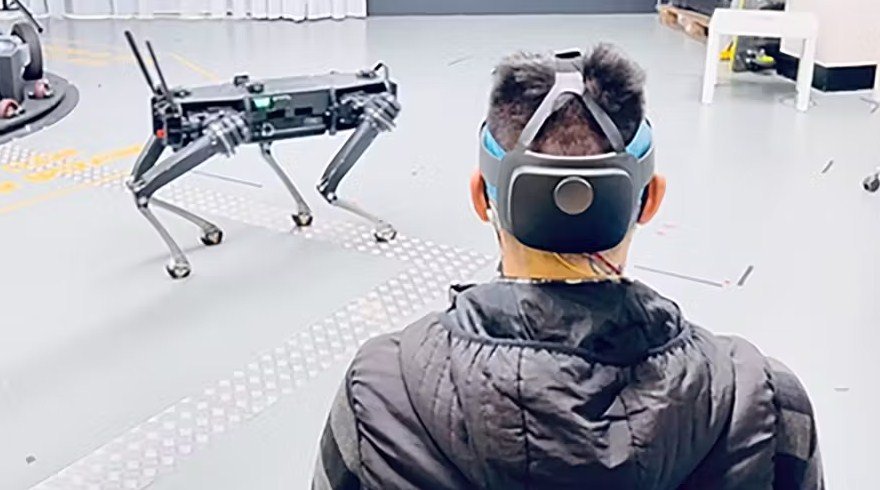What is a brain-computer interface?
A brain-computer interface (BCI) is a device that allows a direct communication between the brain and an external system, such as a computer, a robot, or a virtual reality environment. A BCI can measure the brain activity of the user and translate it into commands or feedback for the system, or vice versa. A BCI can be used for various purposes, such as enhancing cognitive abilities, restoring motor functions, or providing entertainment.
How does UTS’s BCI work?
The University of Technology Sydney (UTS) has been developing an advanced BCI that uses graphene sensors to detect the electrical signals of the brain. Graphene is a thin layer of carbon atoms arranged in a hexagonal lattice, which has remarkable properties such as high conductivity, flexibility, and durability. The graphene sensors are attached to a flexible and comfortable headband that can be worn on the scalp. The sensors can capture high-quality brain signals even in noisy and challenging environments, such as outdoors or in military settings.
The BCI also uses artificial intelligence (AI) and machine learning to process and interpret the brain signals and translate them into commands or feedback for the external system. The BCI can be used with various augmented and virtual reality displays, such as glasses, helmets, or screens, to provide an immersive and interactive experience for the user. The BCI can also enable human-autonomy teaming, which is a collaboration between humans and autonomous robots or systems. The user can control the robot or system with explicit commands (in-the-loop mode), or only intervene when necessary (on-the-loop mode).
What are the applications and benefits of UTS’s BCI?
UTS’s BCI has been awarded a contract with Defence to continue developing and enhancing the device over a period of 30 months. The BCI can be used for various defence applications, such as operating drones, vehicles, or weapons by thought, or enhancing situational awareness and decision making in complex or rapidly evolving scenarios. The BCI can also improve the understanding and trust between the human and the autonomous robot or system, and reduce the cognitive workload and fatigue of the operator.
The BCI can also be tailored for other sectors and purposes, such as disability and medical, industry and manufacturing, education and training, entertainment and gaming, and more. The BCI can help people with disabilities or injuries to control and operate prosthetic limbs, wheelchairs, or monitoring equipment by thought. The BCI can also help workers to operate collaborative robots to perform repetitive and dangerous tasks in physically restricted and dangerous environments. The BCI can also provide new ways of learning and playing by creating immersive and engaging environments that stimulate the brain.
What are the challenges and future directions of UTS’s BCI?
UTS’s BCI is one of the most advanced and innovative devices in the field of biosensor technologies and brain-computer interfaces. However, there are still some challenges and limitations that need to be addressed before the BCI can be widely adopted and used in real-life situations. Some of these challenges include:
- Ensuring the safety, security, privacy, and ethics of using the BCI
- Improving the accuracy, reliability, speed, and robustness of the BCI
- Reducing the cost, size, weight, and power consumption of the BCI
- Increasing the compatibility, usability, comfort, and aesthetics of the BCI
- Expanding the functionality, diversity, adaptability, and scalability of the BCI
The UTS team is working hard to overcome these challenges and to take their BCI from technology readiness level 4 (TRL4) to a fully functioning prototype at TRL6. The team is also collaborating with other researchers, industry partners, end-users, and stakeholders to explore new opportunities and applications for their BCI. The team hopes that their BCI will revolutionize the way we interact with machines and systems by thought.

